Magical rings are such a well-trodden fantasy trope that they’re now at the point of clichéd symbolism that would score you an “F” grade in your creative writing course. With rings being the focus of Fire Emblem Engage, and Engage itself being a loving homage to everything that came before in this wonderful tactical JRPG series, it might be initially tempting to dismiss its very premise as a load of rose-tinted glasses and trite. You shouldn’t, though, because Engage is one of the finest Fire Emblem titles ever made. Especially if you happen to be a fan from way back.
But first, the rings. Much of the quest in Engage involves tracking down a small bucketload of magical rings, which you must then use to defeat a dark dragon. These rings are not just ornamental. Rather, they each hold a warrior of legend within them, who then grants its wielder additional power. Those warriors of legend also happen to be the principal heroes of previous Fire Emblem games.
As a critic, the temptation is strong to make jokes about “rings of power”, and perhaps try and slip a reference to Gollum in there. The discussion of magical rings with a will of their own can’t exactly overlook Tolkien, but contrary to popular perception, Tolkien wasn’t the first to dabble with the concept. Not even close. Indeed, as noted in an analysis of where Tolkien got his ideas from, by Hephzibah Anderson: “One of Tolkien’s earliest Norse purchases was the Völsunga saga, which back then was available in just one English translation, undertaken by William Morris and Icelandic scholar Eiríkur Magnússon and first published in 1870. It features a reforged sword and a golden ring, known as Andvaranaut, the final item in a ransom paid by the gods to a man whose son they inadvertently killed after he took the form of an otter. That ring was stolen and then cursed, and another Norse ring, Odin’s Draupnir, was able to multiply itself. Both were forged by dwarves.
“In these narratives, rings were often used as a metaphor for power. To share a ring with someone was to share a property with them. There was also a feudal Germanic tradition, Garth notes, of lords giving rings as rewards to their retainers. Not all rings were meant for fingers, either. In the Icelandic saga Eyrbyggja, Khuri explains, an arm-ring becomes the magical binding contract between gods and men.”
Related reading: Why Fire Emblem: The Blazing Blade has the best tutorial of all time.
That is the place where Engage’s rings come from too. They elevate the previous heroes of the Fire Emblem series to a kind of Godhood. They then reward players that allow the new crop of characters to bond with them. The more a character uses a single ring, the closer they become to the “God” within, and this unlocks even deeper powers. It is, symbolically and thematically, the most powerful kind of “fan service” that Intelligent Systems could have rewarded the long-standing series veterans with. Most of the game’s bosses are only really manageable when you unleash a cacophony of the special, devastating power of each “Ring-God”, and those heroes that you do provide rings to (there’s not enough for every character to get one) immediately become your most valued assets on the field, because of that elevated hero’s powers. Those characters that don’t have a ring are merely support roles, and through this (quite deliberate) design, it all keeps coming back to Fire Emblem Engage being a worshipful love-letter to the heroes of the “ancient tales” – those previous Fire Emblem titles.
That’s not to say that in the pursuit of nostalgia Engage doesn’t have an engaging (you all knew that pun was coming) storyline. It does, though it’s incredibly traditional itself, and that might put people off who have been weaned on the more recent, and more experimental plots of the likes of Fire Emblem Fates and Three Houses. As I said in my preview of Engage, it almost feels like a throwback to the GameCube Path of Radiance, in the way that it’s structured and paced so that “down-time” between battles is much briefer. Activities outside of combat are also more limited, and the narrative is more closely structured to be akin to the “visual novel” approach of those older titles. It hasn’t cast out modern Fire Emblem qualities completely, of course. There is a safe “headquarters” that you can relax in between battles. Here you can build your character’s relationship with their forces, play some minigames for stat boosts, and get some shopping done, but it won’t be long before you’re back on the battlefield. Where, in Three Houses, there was an effort to define the characters beyond their combat utility, in Engage things get right back to basics and, much like The Blazing Blade or Path of Radiance, characters are fighters first, and fun little personalities second.
As with any Fire Emblem game the quality of those characters matters a great deal to its appeal, and Engage has got a really great bunch. They’re all written efficiently and minimally, but well. It’s a classical story of heroes and villains, and I wouldn’t suggest that there are any characters that are particularly surprising (there’s one who has what is meant to be a big twist, but it’s also easy to guess what will happen from almost the moment you meet them). However, for a classical fantasy epic tale they all have interesting quirks that make them fun to have around.
Though so much of the narrative and structure of Engage is traditional, the team at Intelligent Systems have made all the quality of life features that were needed to make the game an enjoyable one for all skill levels. High – nostalgically so – levels of difficulty and permadeath are options, but so is a mode where the game essentially plays itself, and at any stage you’re able to access a “rewind” feature that allows you to turn back to any turn and try things again. Yes, that does mean that the permadeath spectre is effectively removed if you take advantage of this system, but you do not need to use it if you do want the classic Fire Emblem experience, where the theat of losing a character permanently is ever-present. This is the best of both worlds, and the best approach for the series to take.
And as a quick aside, it is interesting that the “dice” being rolled behind the scenes are genuinely random, too. With most JRPGs that feature this kind of replay mechanic, if you miss an attack, then no matter how many times you rewind, you will continue to miss that same attack. With Engage, a miss can become a hit if you choose to choose to rewind and try again, so it’s rare that you’re going to end up in an unwinnable position in a battle. You can – again, if you want to – manipulate luck until it favours you.
Elsewhere there are opportunities to grind up experience for characters and fight in bonus battles. The early days of Fire Emblem where you could, by using the wrong characters, end up in an unwinnable position and have to restart the entire game, are long gone. I must admit that I do miss this to a certain extent. I needed to play Blazing Blade a few times before I actually finished it, and finally winning that final battle felt all the sweeter because of it. However, I also acknowledge that many of us (including me) no longer have the time to throw away a dozen hours of progress to start again, so I appreciate the less punitive approach of more recent Fire Emblems, which Engage has refined and polished beautifully. Engage on the highest difficulty is still a nasty challenge, and it’s encouraging that Intelligent Systems continues to provide that experience for veterans. It even feels balanced towards that end of town, with the easier modes being a concession, rather than the baseline.
Related reading: Fire Emblem, ranked – all 11 games in English to date.
Another more modern touch is that there are also plenty of ways to customise your characters, and being able to successfully make your way through the game (particularly at the higher difficulty levels) really relies on your ability to structure a vision for how all of these characters will work together. There are the traditional equipment systems (though thankfully, no weapon breaks aside for some curative items that do still have a limited number of uses). But there are ways to customise those weapons using the power of the rings. You’re also able to forge minor rings that boost characters that you don’t have spare… rings of power… for. These minor rings only offer small stat boosts, but it can mean all the difference on the battlefield.
I found the most effective strategy was to really focus on specialising characters. Each character that was particularly powerful in one area would have a bigger impact on the battle than a team of jack-of-all-trades. Much of the strategy in battle involves using your units to counter the weaknesses of enemy units. It’s a very chess-like approach that has always been a part of Fire Emblem, but feels (however vaguely) even more significant this time around. Thanks to the special abilities of the legends in the rings, you do have more command of the battlefield than ever, and tactically there is a lot of nuance to it. The developers have also found very creative ways to keep things varied, be that by forcing the party to split, featuring unique obstacles, or simply having fascinating combinations of enemies to attack. Again, none of this will be new to Fire Emblem veterans, but it’s the precision execution of a well-loved formula that makes it so wonderful.
Surprisingly enough, however, perhaps the thing I enjoyed most about this one was the level design itself. Every map in the game is gorgeously different, and every skirmish is fully contextual. You fight next to a house and the house will be in the background for the cutaway. Fight in a field of flowers and your character will be half-obscured as they trample through the colour. Because these environments are so vibrant and detailed, getting that contextual, zoomed-in look at the maps really helps you to connect with the world. After the battle you’re also free to wander around the map. There’s not much you can do – just chat to your allies and NPCs (if the battle took place in a town), and occasionally rescue animals that you can bring back to your HQ’s farm area (where they provide resources) – but it helps make each location that you explore throughout the game more immediate and distinctive. Too often Fire Emblem games, as wonderful as they are, feel like an arbitrary sequence of levels. Engage, perhaps for the first time in the series, turns each level into a “character” in its own right. One that has a “personality” and contributes to the overall world and lore, making the entire setting seem more interesting.
The only thing that I would change in Fire Emblem Engage would be the design of the protagonist. Her combination of red and blue does come across as excessively garish to me, even within the context of a very bright and colourful game. I’d keep her character, which is great, but just give her green twintailed hair or something instead. That’s it, though. That’s the only change I’d make. In every other way, Fire Emblem Engage is everything I love about Fire Emblem, bundled up in a way that does justice to both the classics that got me into the series, and the production values of modern gaming. Brilliant.
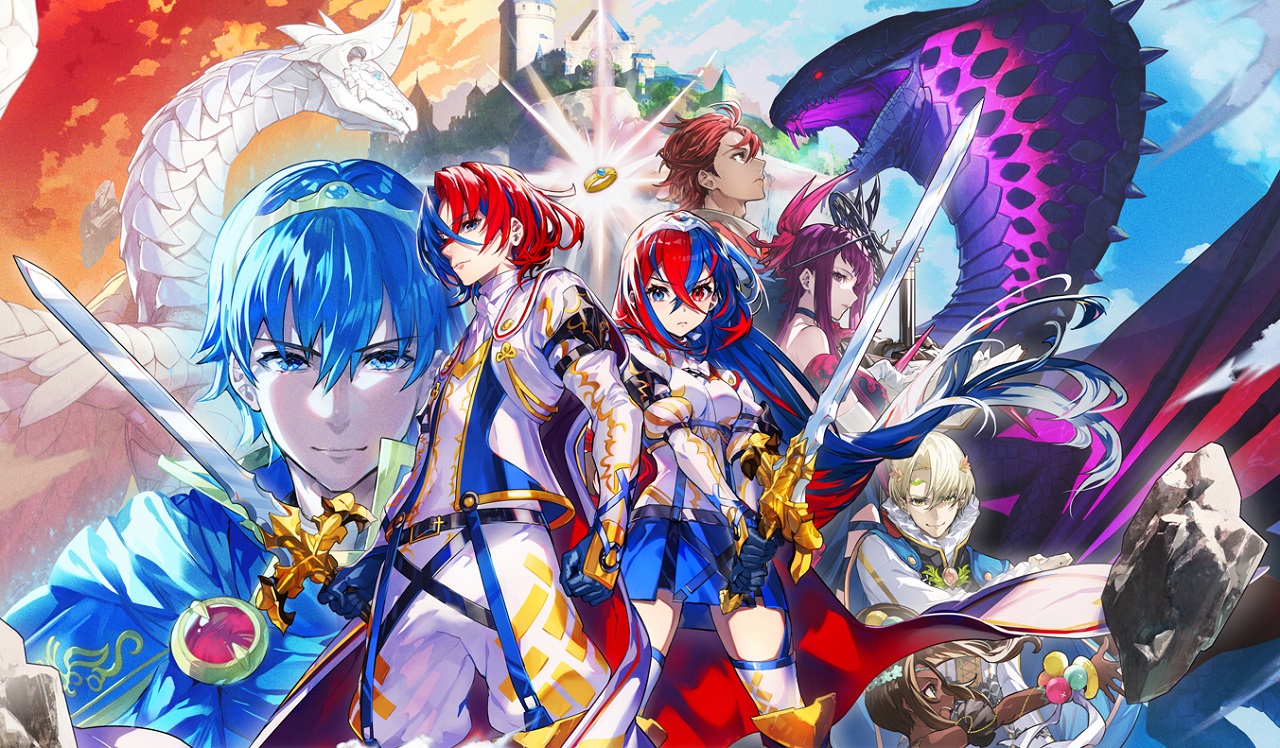

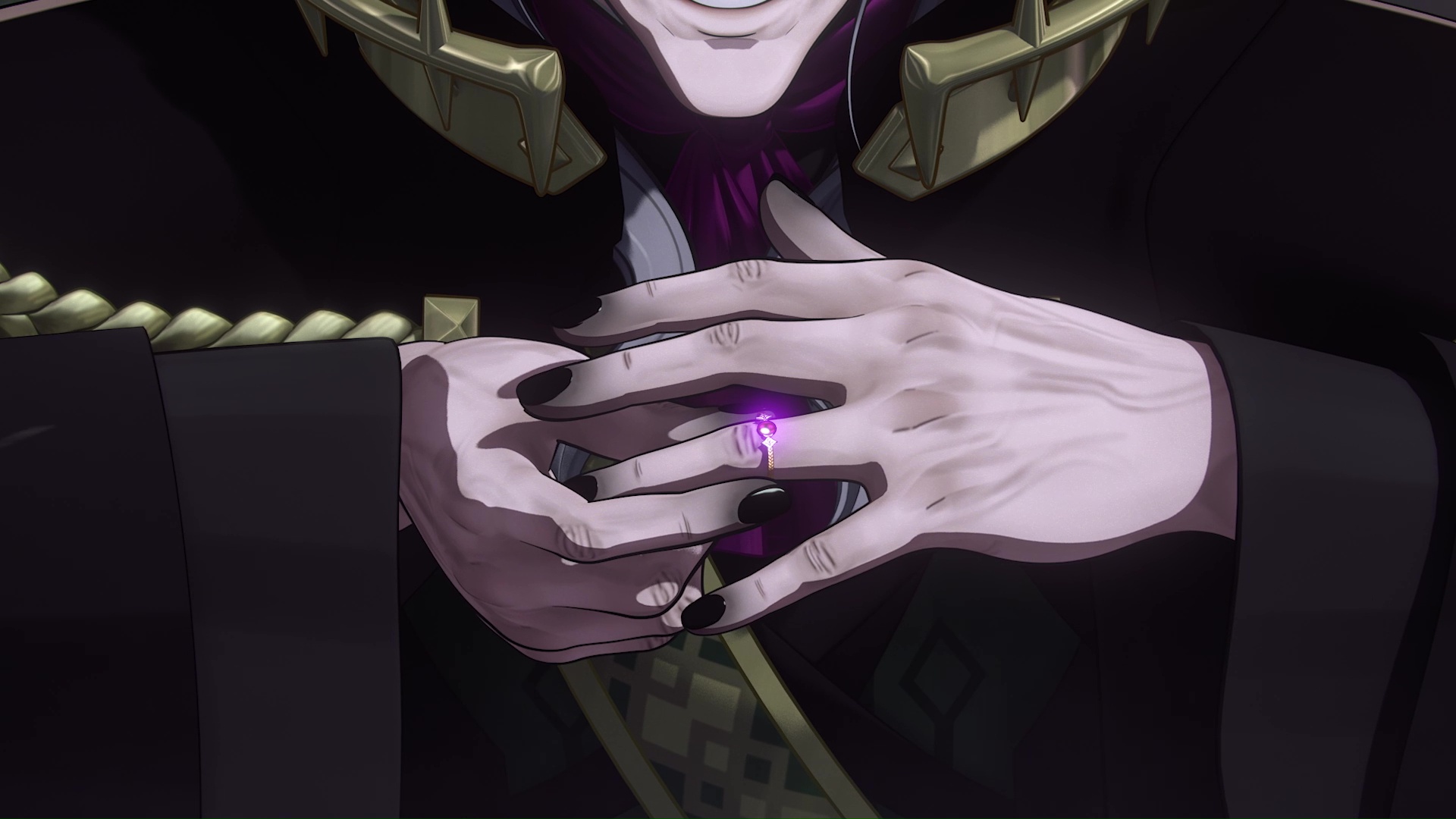
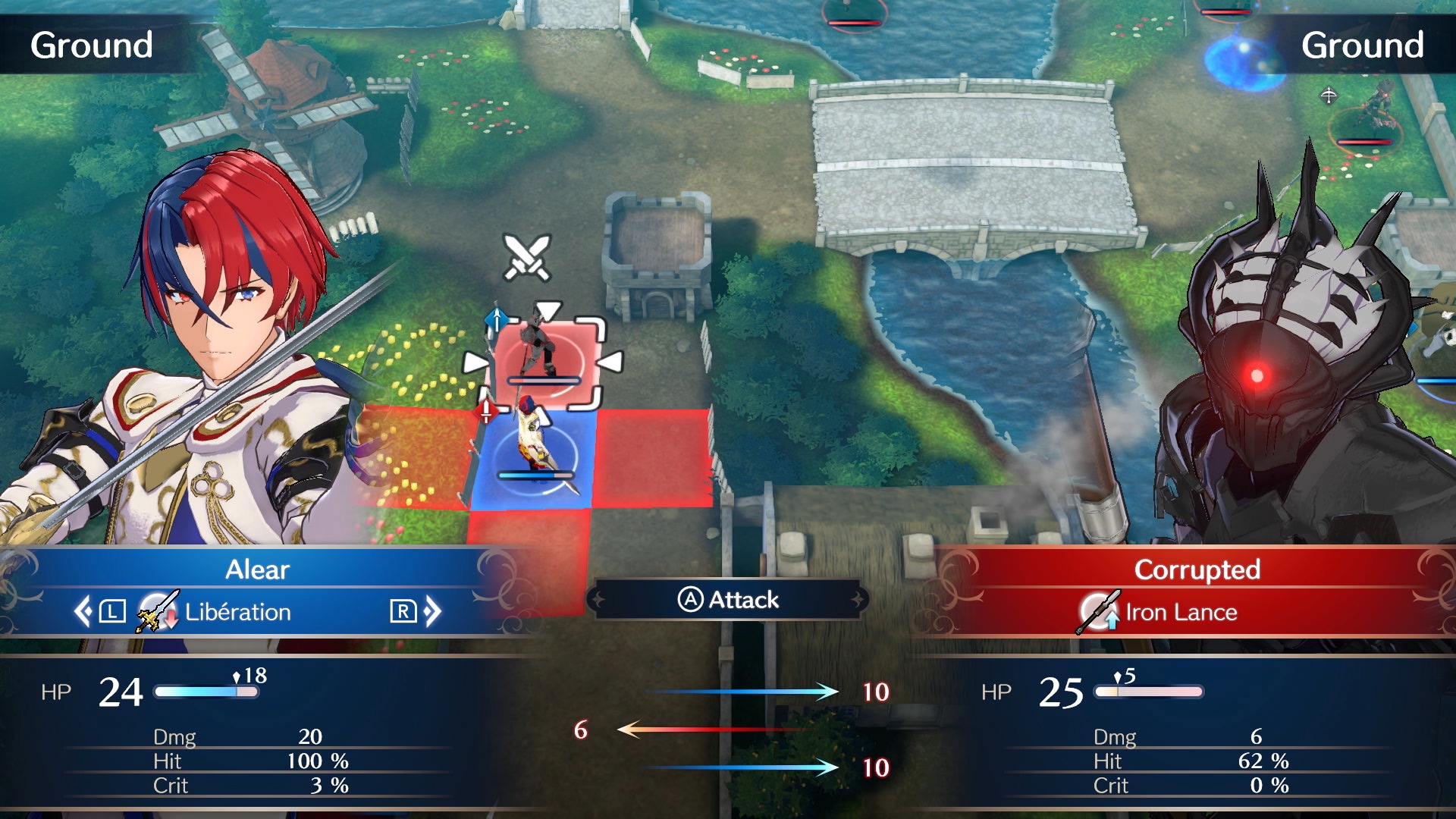
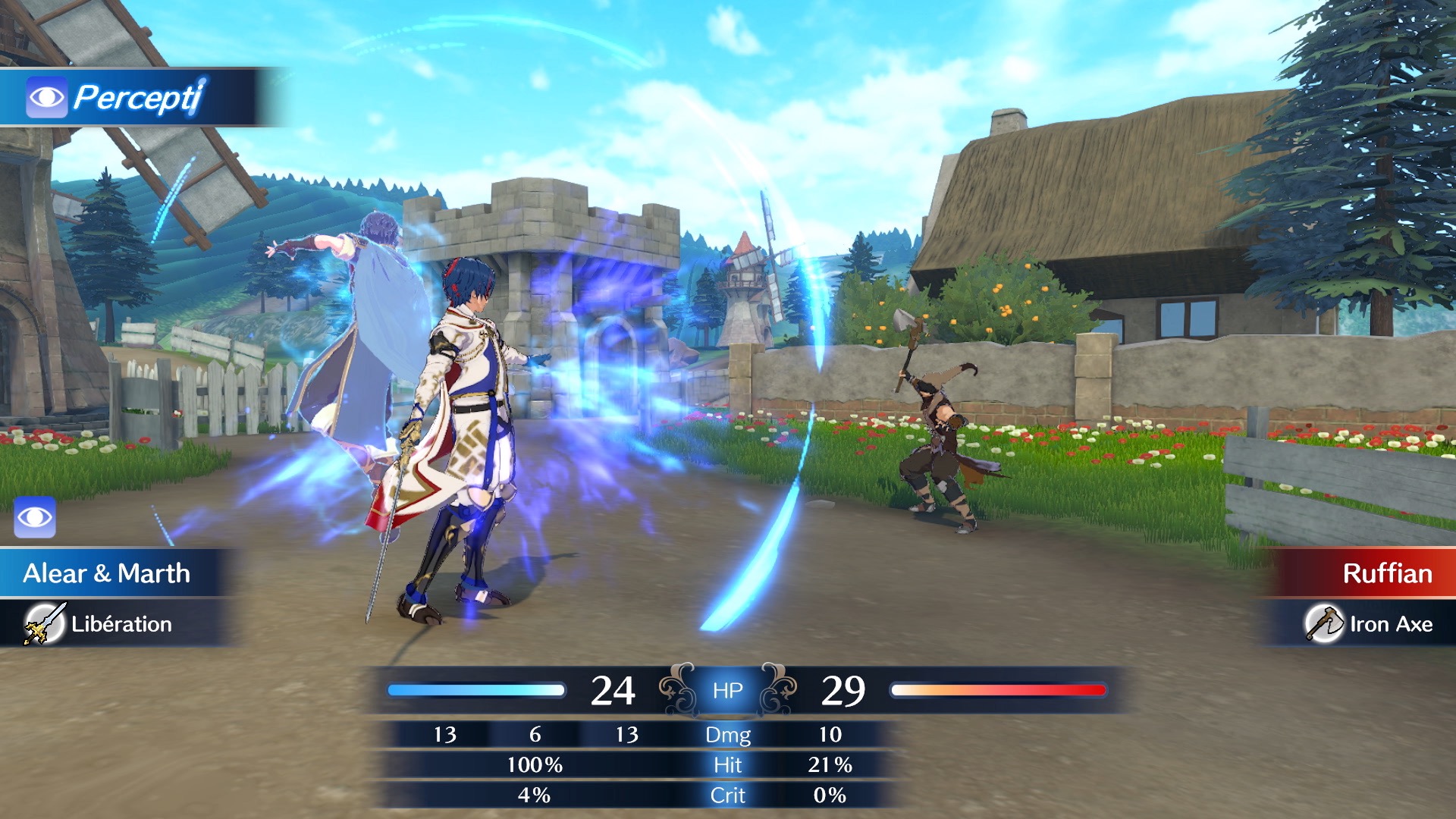
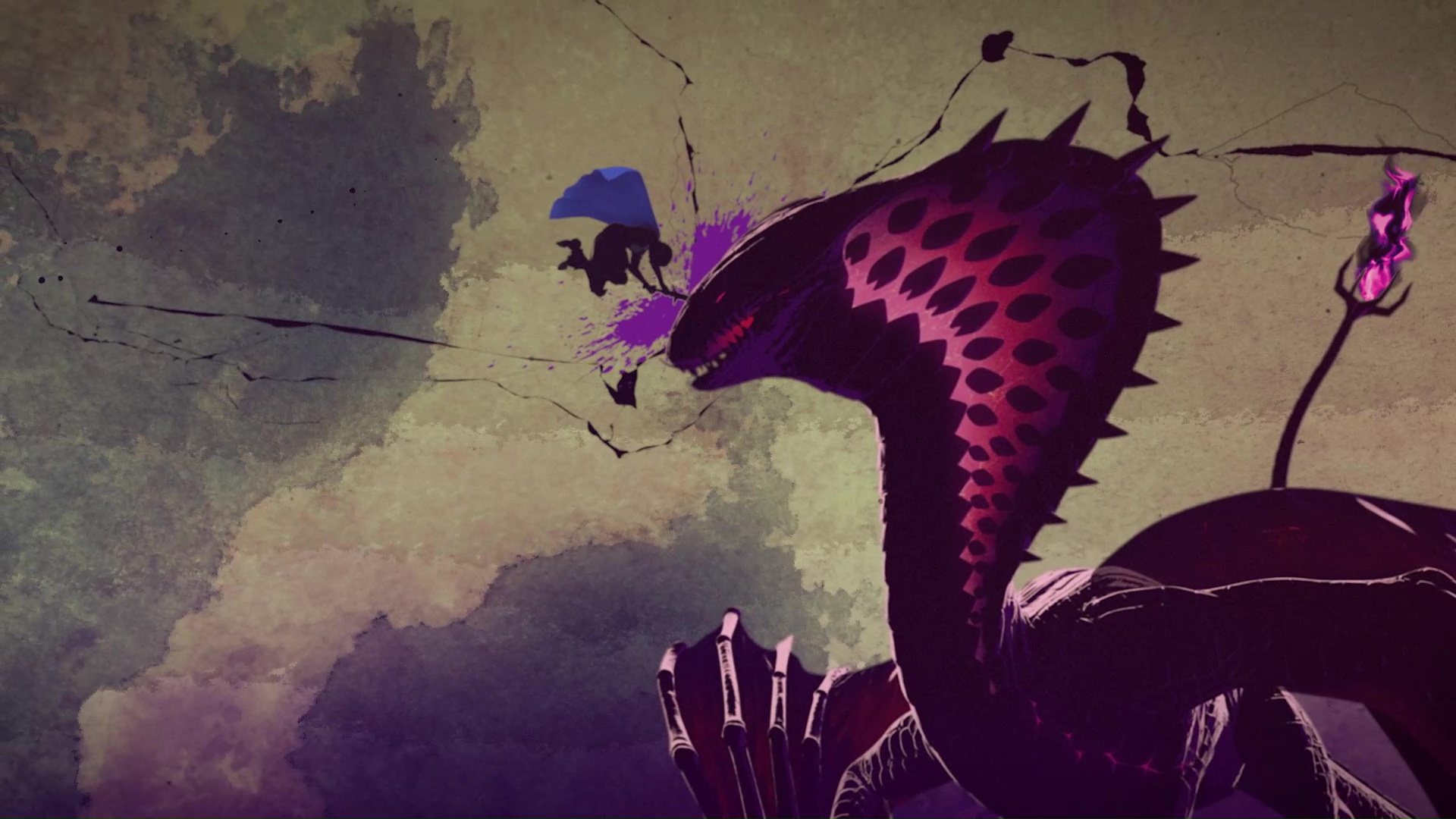

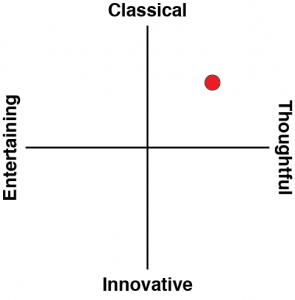




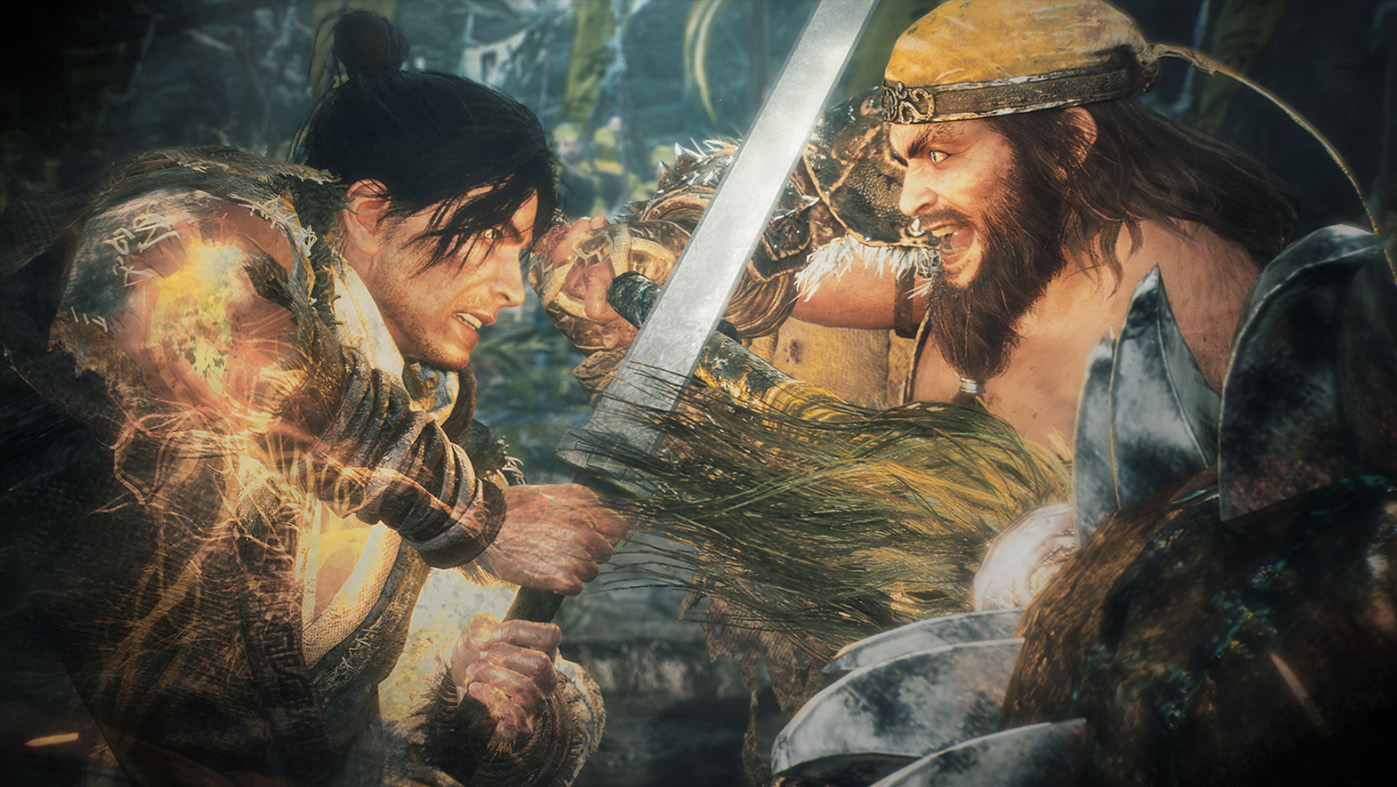


Great review, Matt, but I’m impressed you still found it in you to give a 5/5 while admitting it has such a glaring fault like a garish hair colour on the main character. That’s objectively a 4,5/5 max
Thankfully all the other characters have such pretty hair I can forgive the one dropped ball 😀